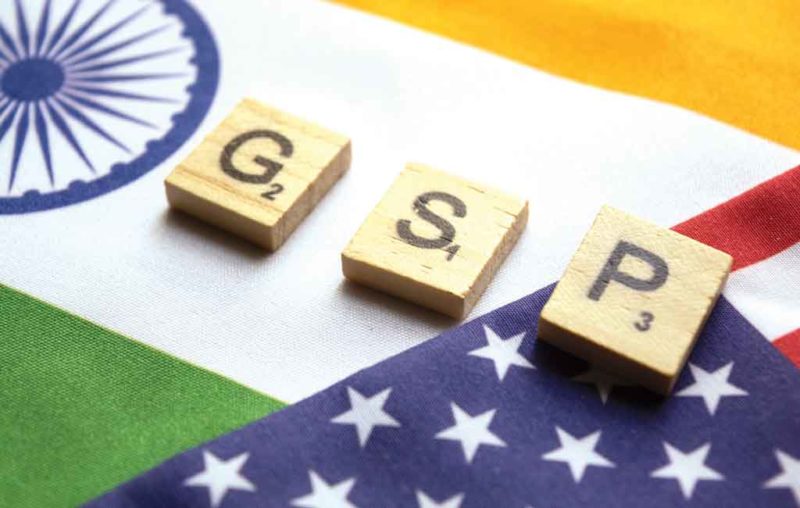Published in Dhaka Tribune on Sunday 2 June 2019

Trade analysts and economists think that the impact of the scrapped preferential trade facilities will be temporary
Bangladesh may see increased exports to US markets as the Donald Trump administration terminates preferential trade facilities for India, a close competitor of the country.
On May 31, the US government announced its decision to end preferential tariffs for $5.6 billion of Indian exports from June 5 after determining that it has not assured the US that it will provide “equitable and reasonable access to its markets.
Bangladesh already has registered double digit growth in the US market due to the US-China trade war, which opened up opportunities for Bangladeshi exporters.
According to Export Promotion Bureau (EPB) data, during July-April period of the current fiscal year Bangladesh exports to the US market rose by 16.17% to $5.71 billion, which was $4.92 billion in the same period a year ago.
India is the third largest exporters of textile apparel goods to the US marker after Indonesia with an export of $7.67 billion as of 2018, while Bangladesh is the fourth largest exporter of apparel and textile goods worth $5.60 billion.
“There were about 2,000 products including textile goods from India, which enjoyed duty-free market access to USA under Generalized System of Preference (GSP). Since the preferential trade facilities are gone, Bangladesh apparel sector may gain,” Bangladesh Garment Manufacturers and Exporters Association (BGMEA) President Rubana Huq has told Dhaka Tribune.
“But the Indian side thinks that they are losing less than $200 million dollar worth of apparel opportunity. So we will have to wait and see,” she says.
Trade analysts and economists think that the impact of the scrapped preferential trade facilities will be temporary.
“In any trade tariff conflicts, there remains uncertainty among the business people. As a result, in placing work orders they shift a portion of orders to remain safe though the item is not included in the tariff list,” Centre for Policy Dialogue (CPD) Khondaker Golam Moazzem tells Dhaka Tribune.
So, there will be positive impact on Bangladesh exports to US market but it may be temporary, says Moazzem, adding that the US is cutting trade facilities to renegotiate the trade benefits bilaterally.
Bangladesh has to think of diversifying its goods and concentrating on connecting the buyers who are currently sourcing from the Indian manufacturers to reap the full benefits, suggests the economist.
He also notes that Bangladeshi importers from India can benefit from the cut of trade facilities as there will be scope for price negotiation.
Beyond the apparel sector, there is opportunity to grow in the leather and footwear exports, which have already seen sharp rise due to US-China tariff war.
“Since India is a close competitor of Bangladesh in leather goods and footwear, it will bring benefits for us,” Md Saiful Islam, managing director of PICARD Bangladesh Limited, an export-oriented leather products manufacturer, tells Dhaka Tribune.
Besides, he says, Bangladesh has increased capacity and trade diplomacy is doing better in branding Bangladesh, which is a positive indicator in grabbing more market share in the US market.

